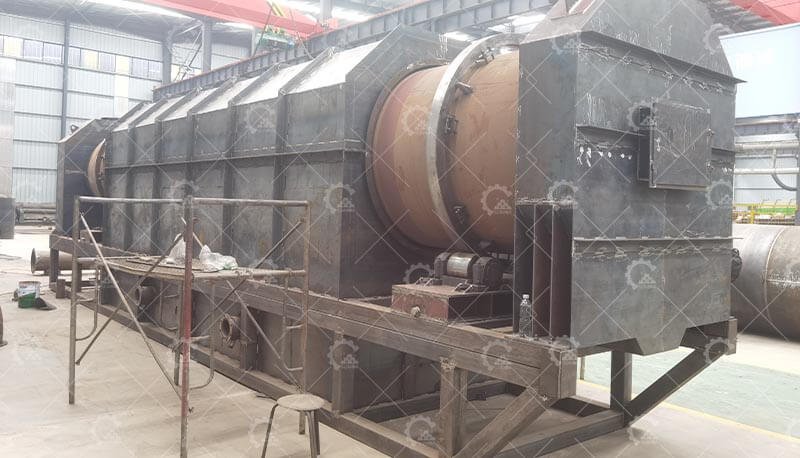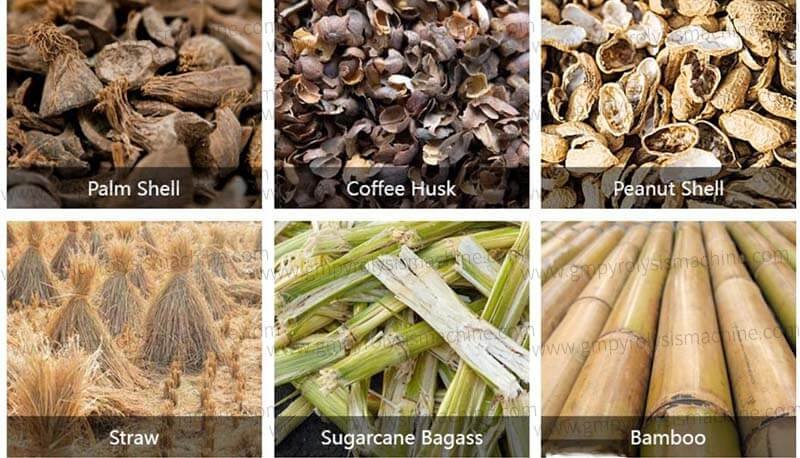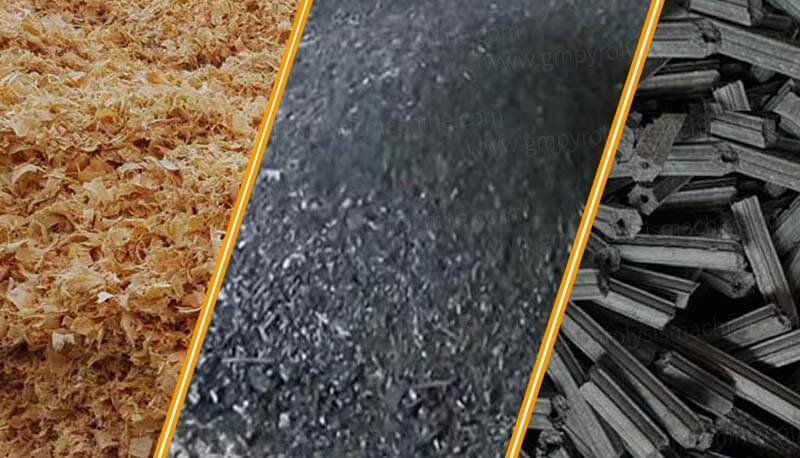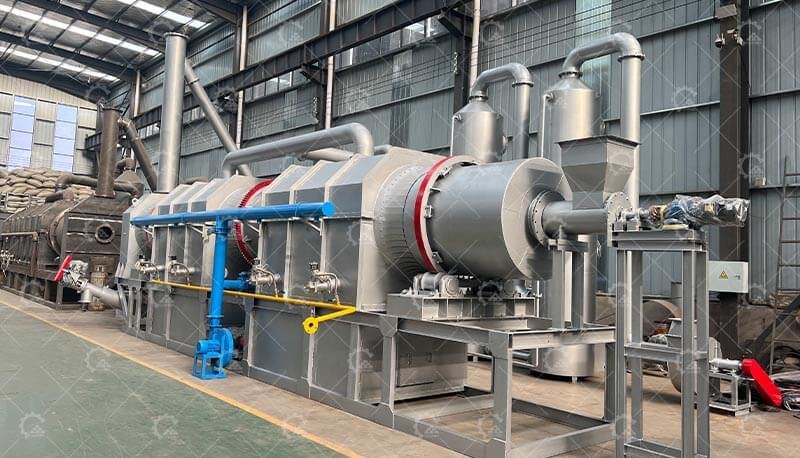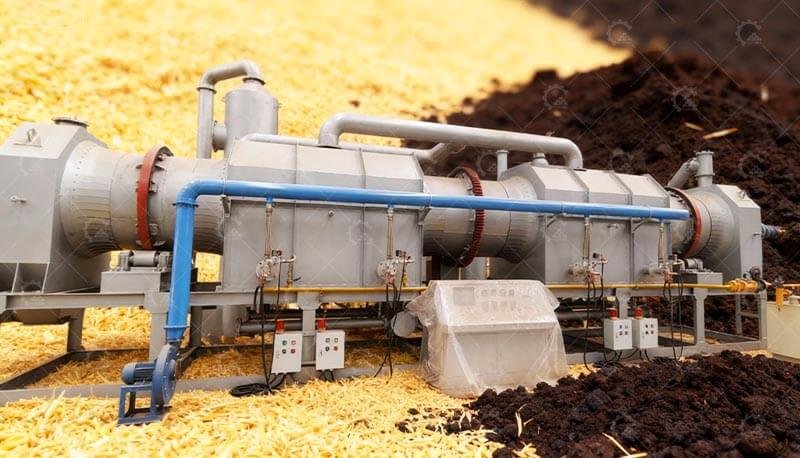Understanding the core equipment driving sustainable material conversion is crucial for industries dealing with biomass or waste. Enter the carbonization furnace – the powerhouse behind controlled pyrolysis.
What is a Carbonization Furnace (Industrial Pyrolysis Reactor)?
Simply put, a carbonization furnace is a specialized industrial furnace designed for the pyrolysis process. It thermally decomposes organic materials (like wood, coconut shells, bamboo, rice husks, or agricultural residues) in an oxygen-limited environment. This controlled heating, typically between 300°C and 800°C, drives off volatile components (like water, methane, and tars) without full combustion. The primary solid residue left behind is fixed carbon, commonly known as biochar or charcoal, depending on the feedstock and process.
How Does an Industrial Carbonization Furnace Work?
The core principle is oxygen-free thermal decomposition. Here’s a breakdown of the typical process inside this thermal conversion equipment:
1. Feeding & Sealing
Raw biomass is loaded into the carbonization reactor chamber. The system is sealed to minimize oxygen ingress – crucial for pyrolysis, not combustion.
2. Heating & Pyrolysis
External heat sources (gas, oil, electricity, or even self-generated syngas) raise the chamber temperature. As heat penetrates the material:
Volatiles (gases and condensable vapors) are released.
The complex organic structure breaks down (thermal decomposition).
The carbon content concentrates, forming the solid char.
3. Volatile Handling
The released gases (syngas – a mix of CO, H2, CH4, etc.) and tars are usually routed out. They can be:
Combusted: Used directly to provide heat for the furnace itself (making the system more energy-efficient).
Condensed: Collected as liquid bio-oil (pyrolysis oil) for other uses.
Filtered & Released: Treated to meet environmental standards before emission (less common for energy recovery).
4. Cooling & Discharge
Once the carbonization process is complete, heating stops. The solid char product is cooled within the sealed chamber or a connected cooling system to prevent spontaneous combustion upon contact with air. It’s then safely discharged.
Key Applications: Where Carbonization Furnaces Shine
This biochar production equipment or charcoal making machine serves diverse sectors:
1. High-Quality Charcoal/Biochar Production
For cooking fuel, metallurgical reductants, soil amendment (biochar), water filtration media, or activated carbon feedstock. Crucial for sustainable charcoal processing.
2. Biomass Waste Valorization
Converting agricultural residues (rice husk, straw, nut shells), forestry waste, or specific municipal green waste into valuable carbon products and usable energy (syngas).
3. Specialized Material Processing
Carbonizing materials like coconut shells for premium activated carbon, bamboo for bamboo charcoal products, or specific industrial wastes.
Why Invest in Advanced Carbonization Technology?
Choosing the right industrial carbonization furnace offers significant advantages:
High Yield & Quality
Precise temperature and atmosphere control maximize fixed carbon yield and ensure consistent product quality (e.g., high fixed carbon content, low ash).
Energy Efficiency
Modern designs often utilize the generated syngas as fuel, drastically reducing external energy requirements.
Environmental Compliance
Sealed systems control emissions effectively. Proper volatile matter treatment (combustion/condensation) minimizes pollution.
Process Automation & Safety
Automated feeding, temperature control, and discharge enhance operational safety and reduce labor intensity compared to traditional kilns.
Versatility
Can often handle various feedstocks with process adjustments, making it adaptable biomass conversion equipment.
Key Considerations When Sourcing a Carbonization Furnace
1. Feedstock Type & Capacity
What are you processing? What’s your required hourly/daily throughput? This dictates furnace size and design (e.g., continuous carbonization furnace vs. batch carbonization furnace).
2. Desired End Product
Are you focused on high-purity biochar, charcoal briquettes, or syngas recovery? This influences temperature profiles and gas handling systems.
3. Energy Source & Efficiency
Evaluate available fuels (gas, wood, electricity) and prioritize designs with high thermal efficiency and syngas recycling.
4. Automation Level
Determine the need for manual operation vs. PLC-controlled systems.
5. Emission Control
Ensure the furnace design includes robust volatile matter treatment (combustion chambers, scrubbers, condensers) to meet local environmental regulations.
6. Cooling System
Efficient cooling is essential for safe char handling and preventing fires.
7. Reliability & After-Sales Support
Choose reputable manufacturers offering robust carbonization reactor designs and strong technical support.
A carbonization furnace is far more than just a heater; it’s sophisticated thermal conversion equipment enabling the transformation of low-value biomass into valuable, stable carbon products and energy. Understanding its operation – the core pyrolysis process occurring within an oxygen-limited carbonization reactor – is fundamental for industries looking to implement sustainable waste-to-resource strategies.

